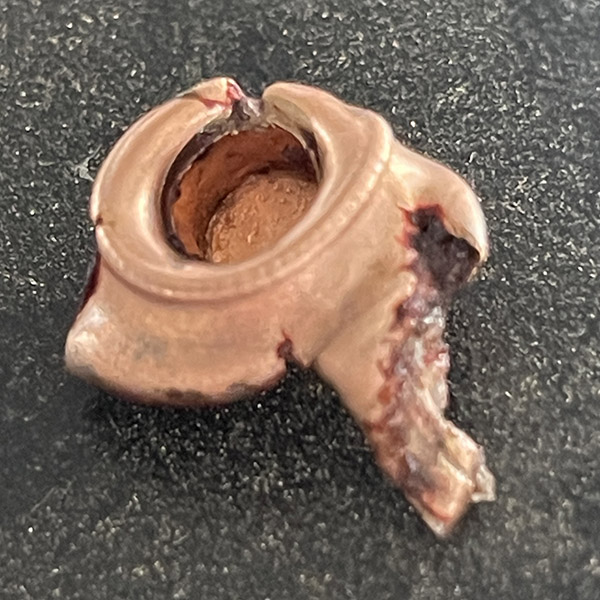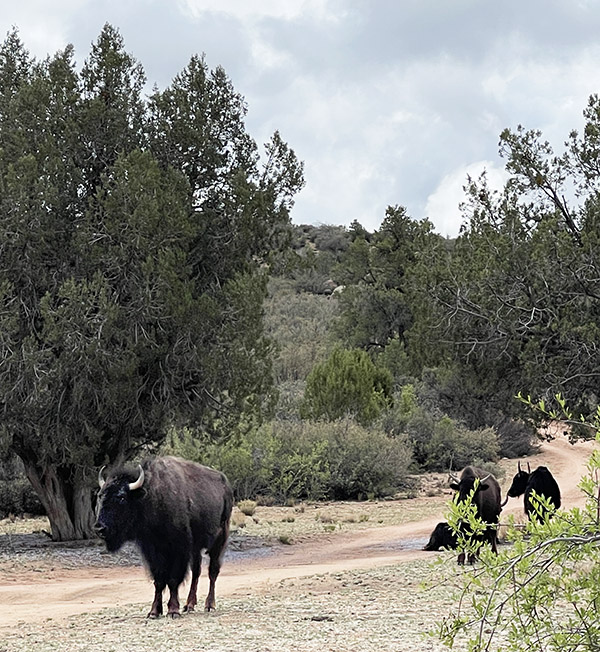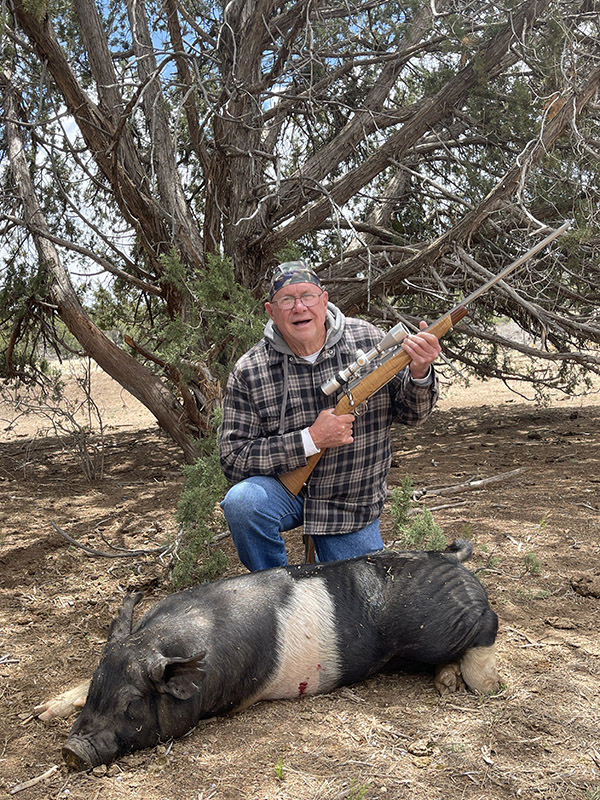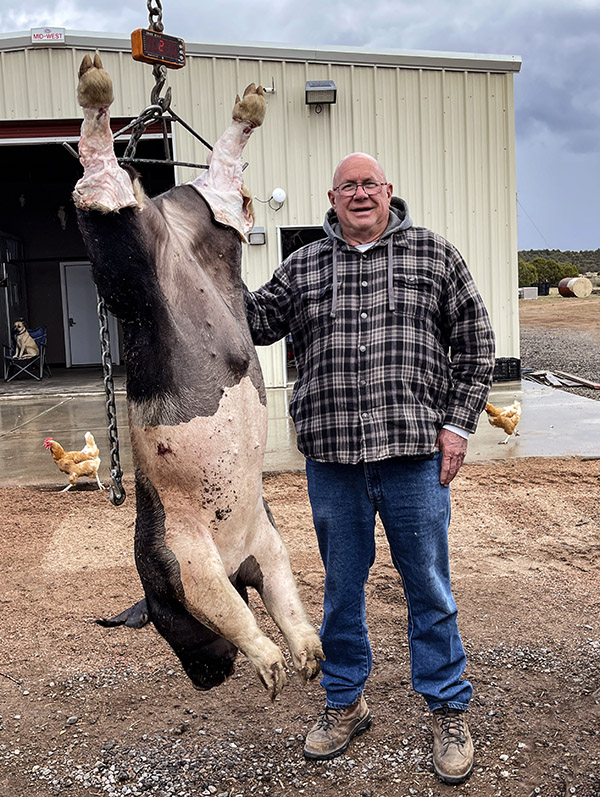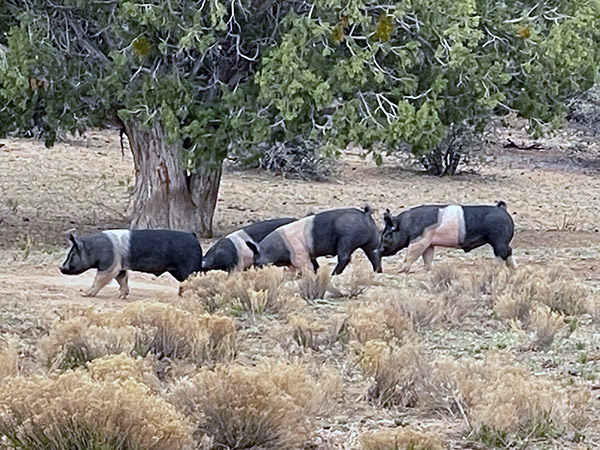By Joe Berk
Prior to pointing the Subaru toward Arizona for my recent pig hunting expedition, I briefly thought about taking my 6.5 Creedmoor Browning X-Bolt rifle (it’s the one you see above). Then I realized: All the load development I had done with that rifle had been with target bullets (none had been with hunting bullets). I didn’t have time to buy bullets and develop a hunting load before the trip to the Dunton Ranch, so I defaulted to Old Faithful (my .30 06 Ruger No. 1). That worked out just fine. The .30 06 did what it was designed to do (as it always has), and I got my pig with one clean shot.

But the above adventure got me to thinking about hunting with the Browning 6.5 Creedmoor. I bought that rifle from a shop in Colorado after seeing Baja John’s .25 06 maple Browning several years ago. Browning makes a nice rifle. I knew they could be very accurate.
John wants to do another hunting expedition and so do I. It would be cool to be armed with a Browning rifle like John. So I checked on the hunting bullets available for the 6.5 Creedmoor, and I ordered three different types:
-
- The 129-grain jacketed soft point Hornady.
- The 140-grain jacketed soft point Speer.
- The 160-grain jacketed roundnose Hornady.
It was that 160-grain Hornady roundnose bullet that made things interesting for me. I checked all the reloading manuals in my library and none of them had loads for the 160-grain Hornady in the 6.5 Creedmoor (or so I thought; more on that in a second). That’s because Hornady originally developed that bullet for use in the 6.5 Swedish Mauser (which has been around forever) and other .264-caliber cartridges. I remember thinking I probably should have checked the reloading manuals before I ordered the bullets.

The 160-grain bullet has a radical appearance. It’s not gently ogived like all the other bullets I’ve shot. It looks like a copper billy club: Long, blunt on both ends, and mean. It’s an old-fashioned bullet design, and to me, it looks cool. When I reloaded the ammo, it had a radical appearance, kind of like a syringe with a dull tip. I think it looks awesome. So did my friends when I showed the 6.5 ammo to them at the range.


While I was reloading these cartridges, a funny thing happened. When I was adjusting the bullet seating die and measuring the cartridge overall length, I inadvertently pushed the bullet further into the case with just finger pressure. That’s not supposed to happen, I realized. Hmmm.
You know, when you resize a case during the reloading process, there’s a lot of things happening:
-
- The cartridge case pushed into the die, and the case is resized to its original dimensions (it expanded during the previous firing, when propellant pressure forced it out against the chamber walls).
- The old primer is pushed out of the case.
- The case is withdrawn from the die, and the expander ball opens the cartridge case mouth to a diameter that should be 0.001 less than the bullet diameter.


It’s that last action that’s critical (just like all the others, I guess), and it’s that last one that I realized was not right. The expander ball on the decapping pin was too big. I wanted the case mouth to be expanded to 0.263 inches to securely grip the 0.264-inch diameter 6.5 Creedmoor bullet. The reason the case mouth should be smaller than the bullet diameter is the bullet needs an interference fit to give the case mouth the right tension on the bullet. If the case neck tension is too low or if it is inconsistent, the propellant won’t burn consistently from shot to shot and accuracy will suffer. If you don’t believe me, get a little lube on your bullets when you seat them in the cases and you’ll see: Accuracy will be terrible.

The fix was easy enough after I finished beating up on myself for not recognizing the problem sooner. I pulled the decapping pin out of the die, chucked it up in my hand drill, and spun the expander ball in a small piece of 220-grit sandpaper. I did this a few seconds at time until the expander ball went from 0.264 inch to 0.263 inch. Then I reinstalled it in the die and loaded more 6.5 Creedmoor ammo.
Somewhere in the middle of all the above, I found another Hornady reloading manual that I already owned. It was a later version than the one I mentioned above. I turned to the 6.5 Creedmoor section, and what do you know, Hornady had loads listed for their 160-grain bullet. I was a kid on Christmas morning. I looked over all of the suggested Hornady recipes, and then checked the propellants I had on hand. IMR 4350 got the nod.
The results downrange told the story better than I ever could for both the 140-grain Speer jacketed softpoint bullets and the 160-grain Hornady jacketed roundnose bullets. Average group sizes immediately tightened up, as did the extreme spreads and the standard deviations. Take a look:

The heavier 160-grain bullets hit the 100-yard target about two inches lower than do the 140-grain bullets. That’s okay; it’s why the scope has an elevation adjustment.

I like the 160-grain Hornady jacketed roundnose bullet. It’s way more accurate than it needs to be for hunting pigs. I like the way it looks. The recoil is modest. In fact, I like it so much I ordered another five boxes. How will it perform on pigs? I don’t know the answer to that yet, but I’m going to find out, and you’ll read about right here on ExNotes.
Join our Facebook ExNotes page!
Never miss an ExNotes blog:








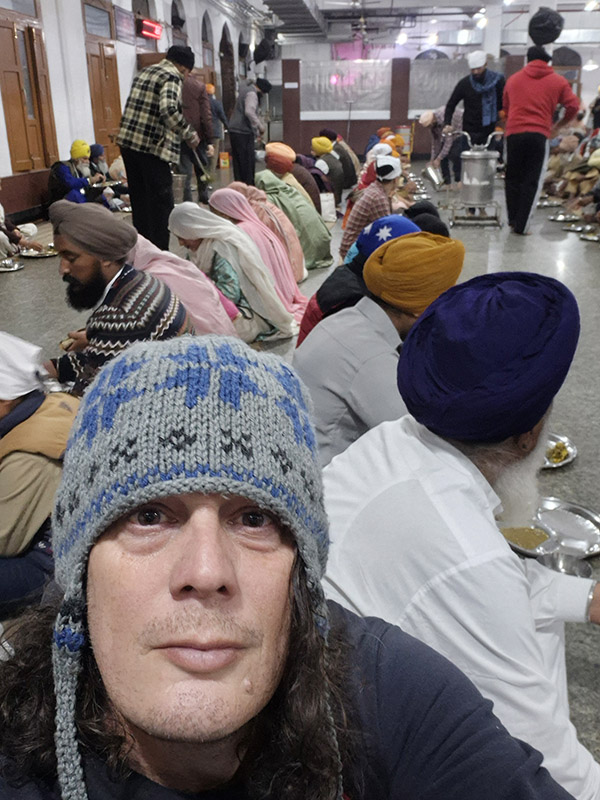




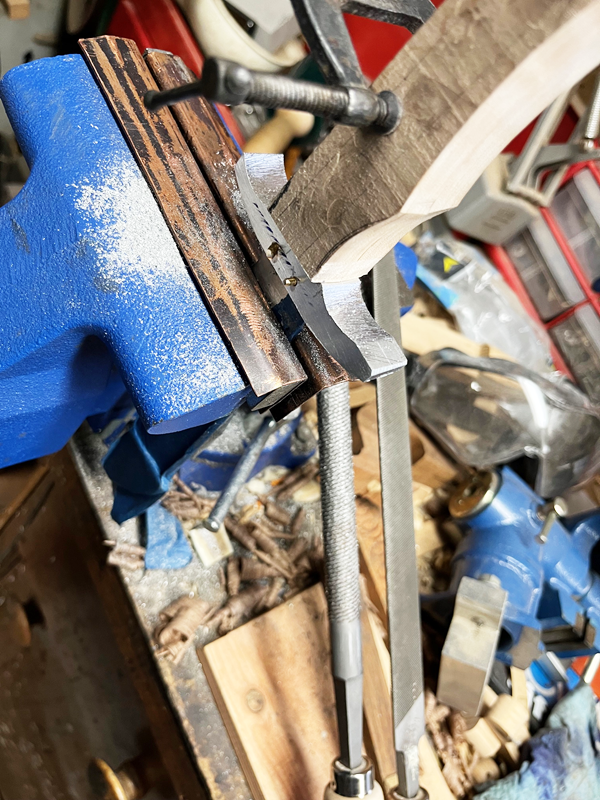




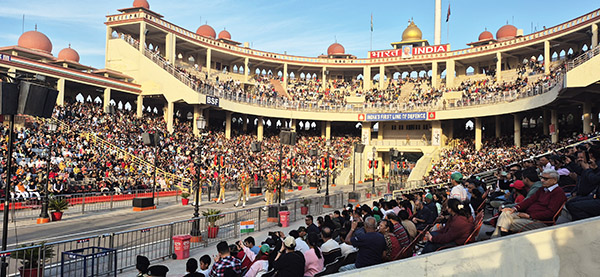












 Well, it turns out this temple is everything I imagined it would be, but actually experiencing it was something for which none of us were prepared. Karni Mata is a Hindu Temple that believes rats are the reincarnated souls of a local story teller family that died during a famine. The rats are everywhere. There are just thousands all over and they are fed quite well. There are even several troughs for them to eat out from, and donations of grains and milk are frequently left to appease these local deities.
Well, it turns out this temple is everything I imagined it would be, but actually experiencing it was something for which none of us were prepared. Karni Mata is a Hindu Temple that believes rats are the reincarnated souls of a local story teller family that died during a famine. The rats are everywhere. There are just thousands all over and they are fed quite well. There are even several troughs for them to eat out from, and donations of grains and milk are frequently left to appease these local deities.









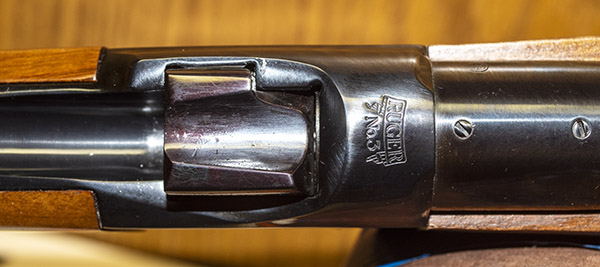
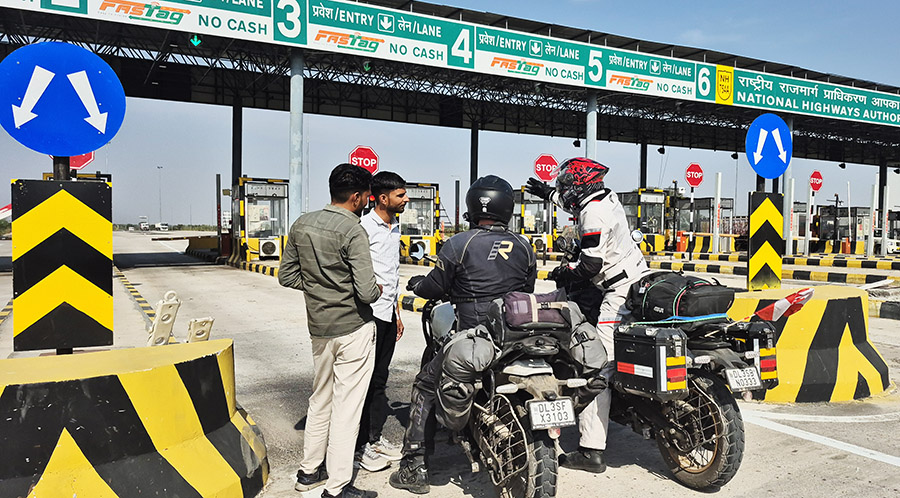

 As we continued north we encountered a nasty patch of construction. The construction dragged on for over an hour. There was nothing but breathing in dust, and loose gravel challenging our ability to remain upright. Upon nearing the end we stopped for a quick bottle of water, and we were relieved to see the highway ramp that would take us about 50 kilometers to our destination to wrap up the day. The entertainment at this stop was a guy who was beyond hammered. He could barely stand, much less form any sort of sentence (in English or Hindi). We did our best to ignore him prior to saddling up and making our way toward the highway.
As we continued north we encountered a nasty patch of construction. The construction dragged on for over an hour. There was nothing but breathing in dust, and loose gravel challenging our ability to remain upright. Upon nearing the end we stopped for a quick bottle of water, and we were relieved to see the highway ramp that would take us about 50 kilometers to our destination to wrap up the day. The entertainment at this stop was a guy who was beyond hammered. He could barely stand, much less form any sort of sentence (in English or Hindi). We did our best to ignore him prior to saddling up and making our way toward the highway.




